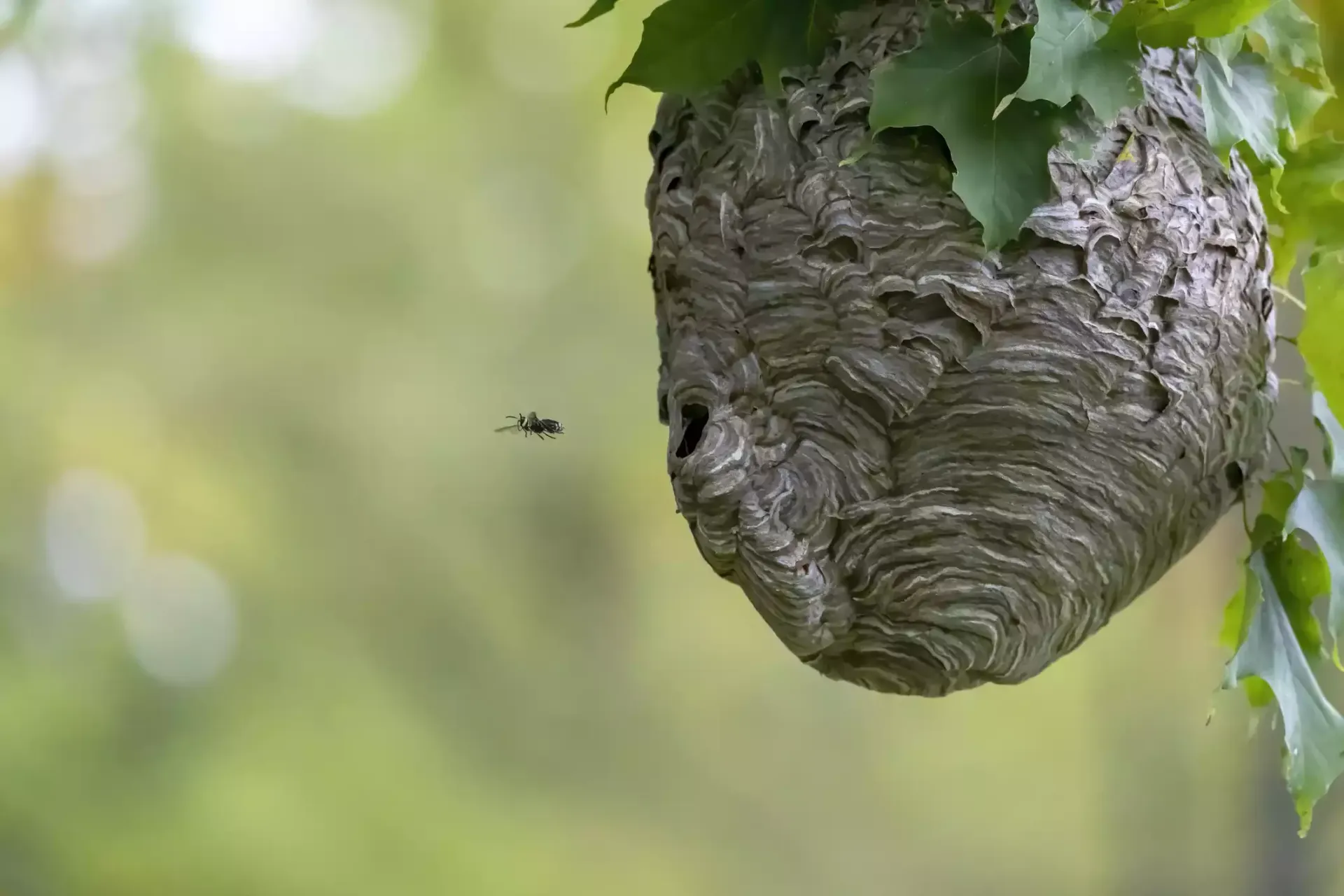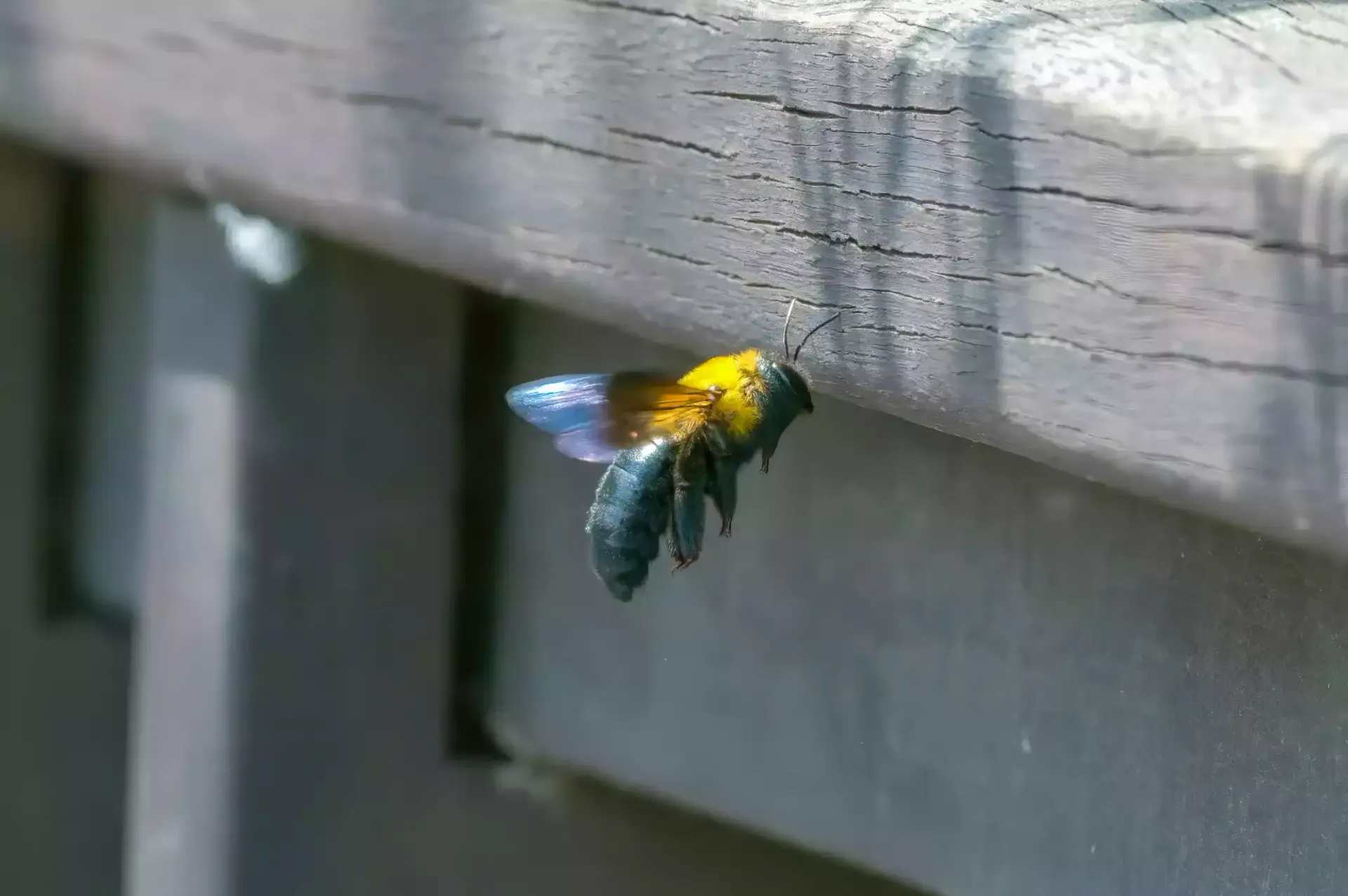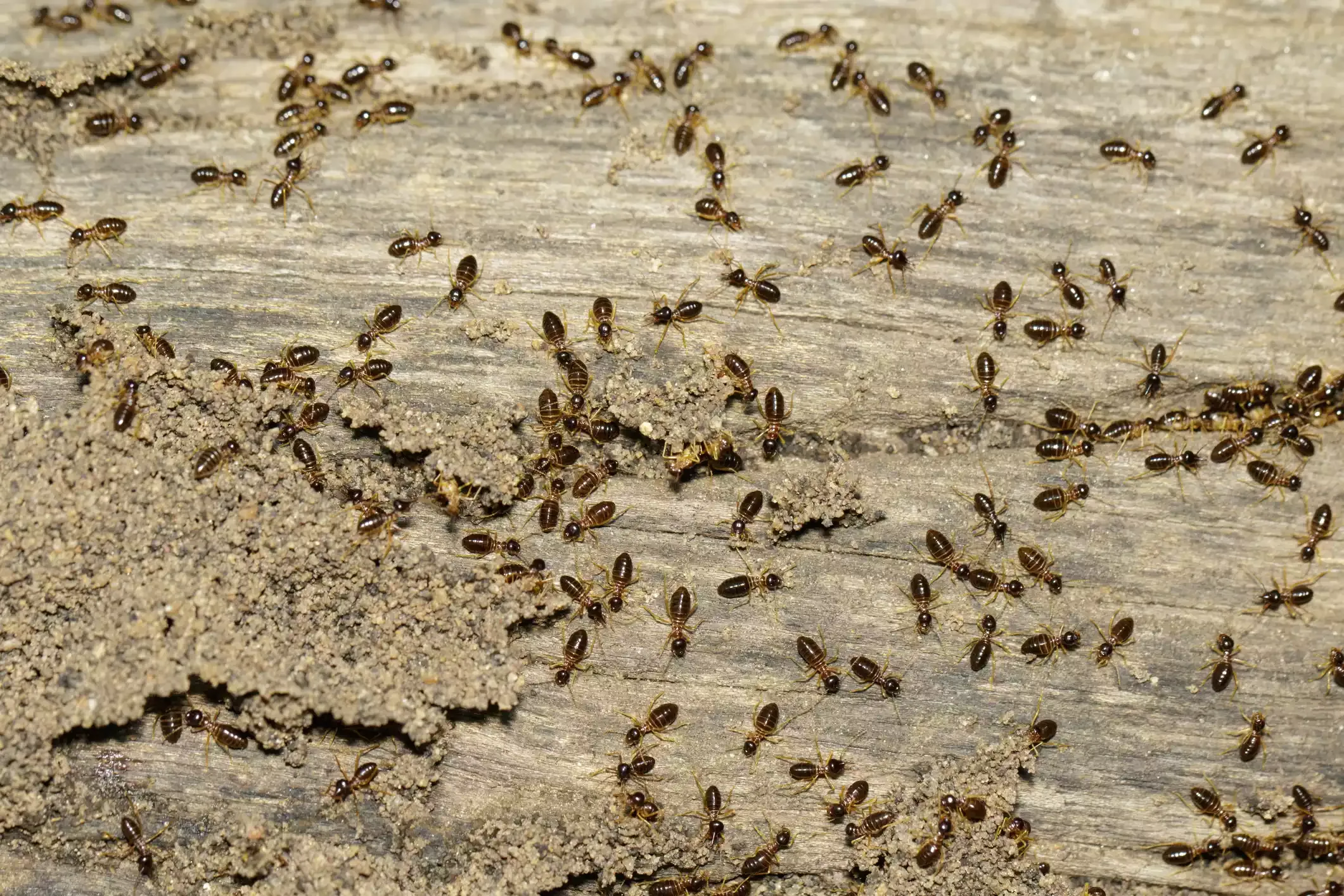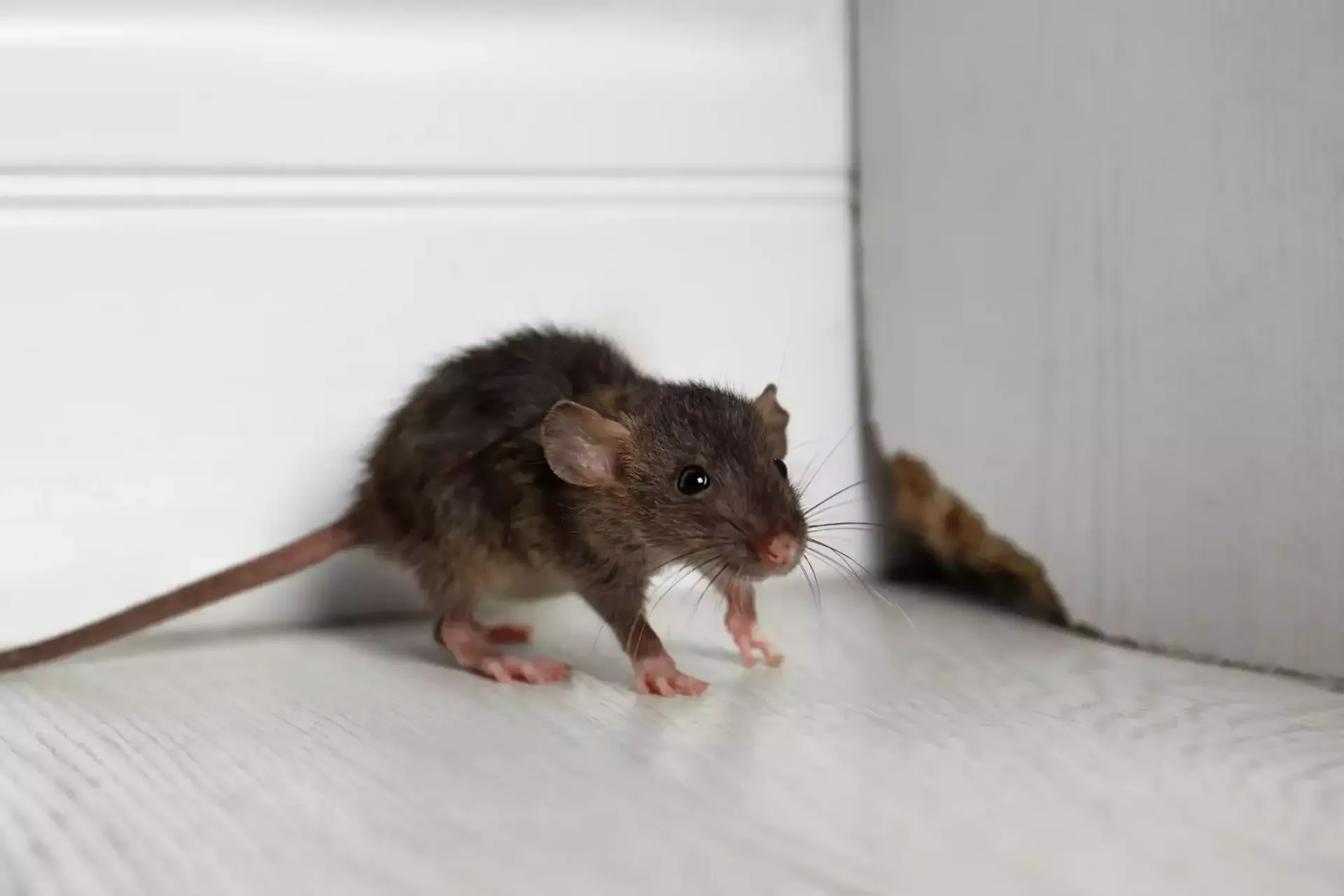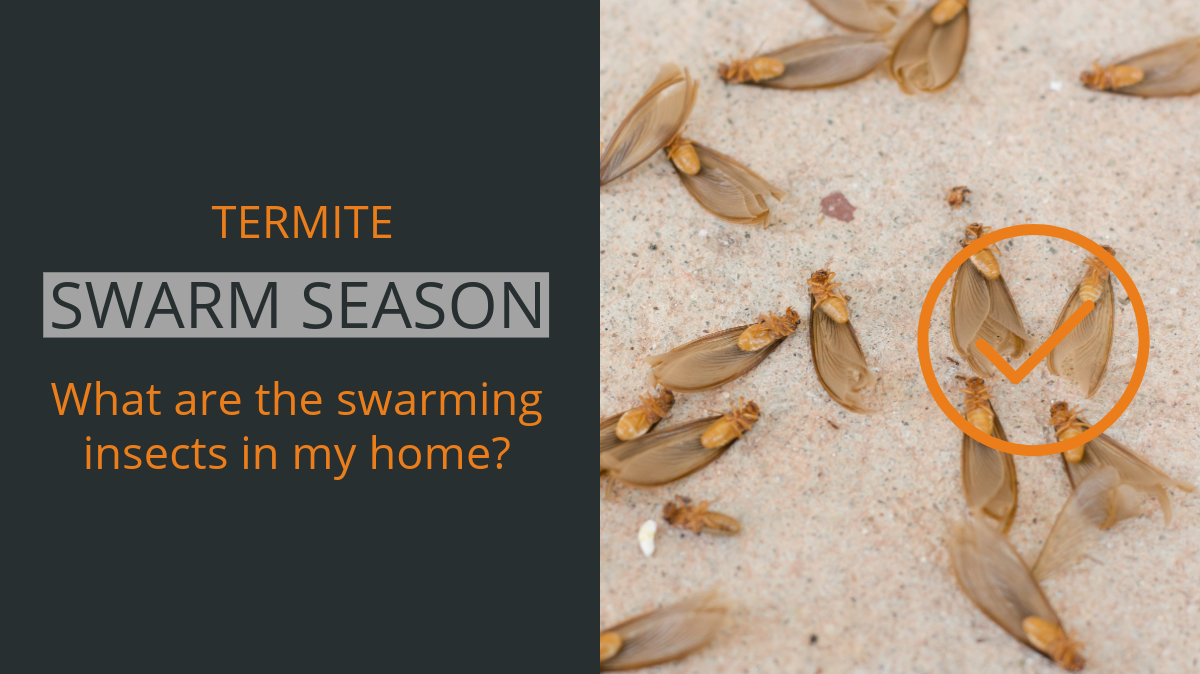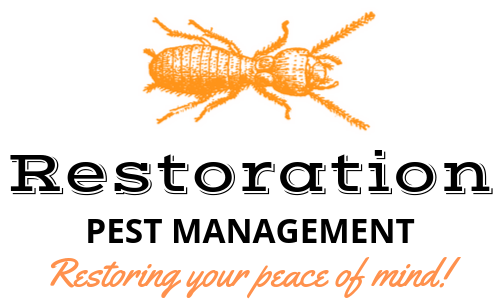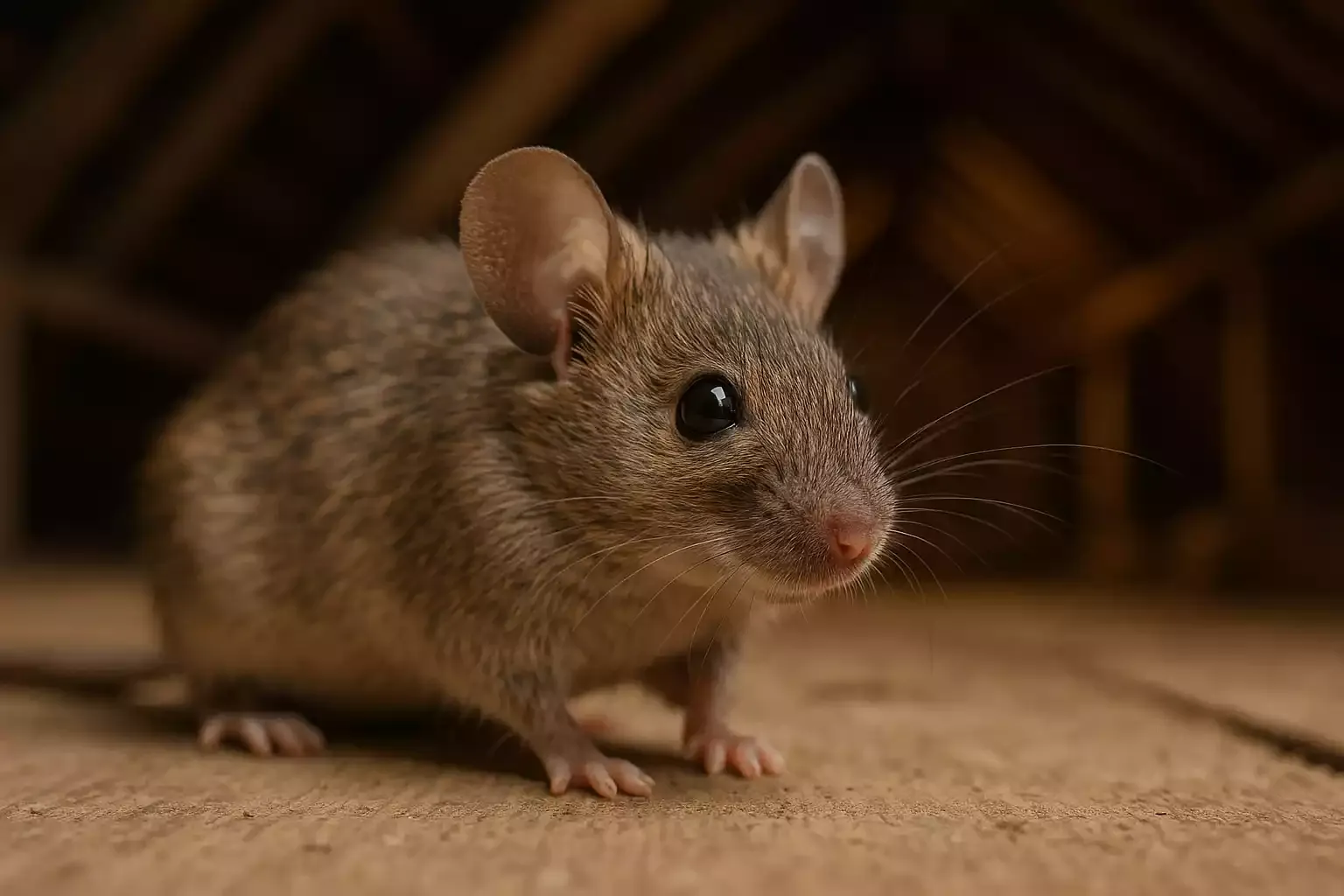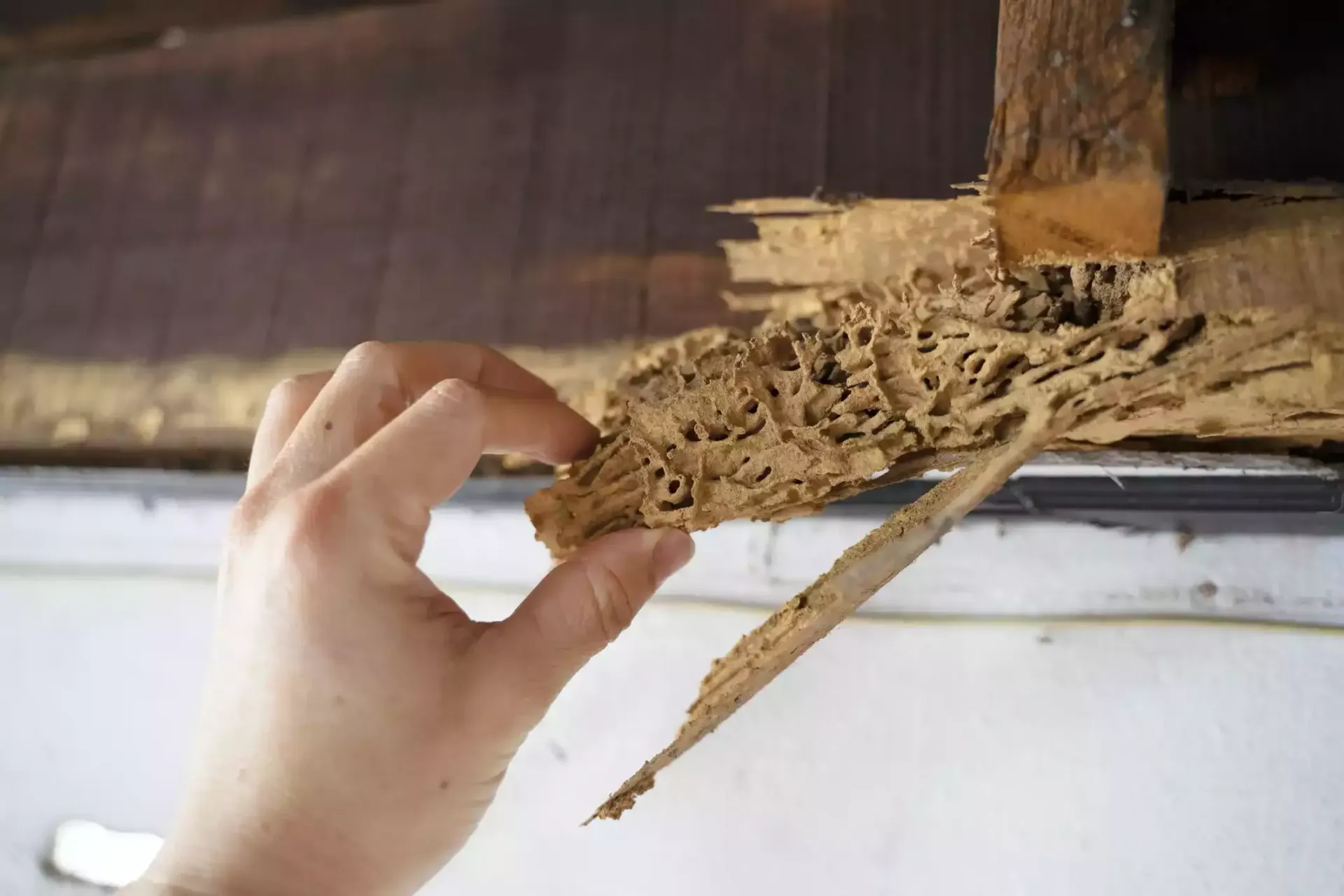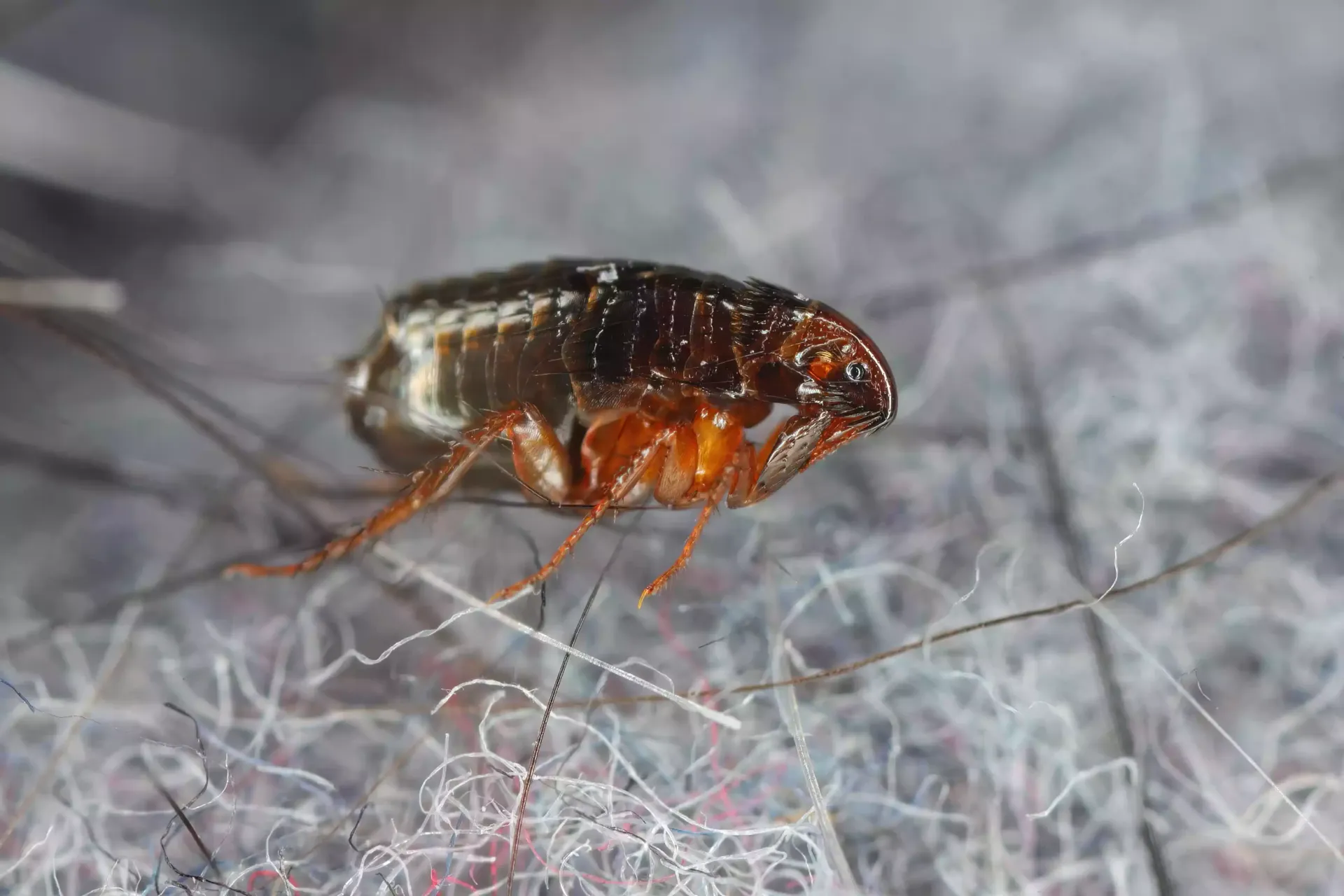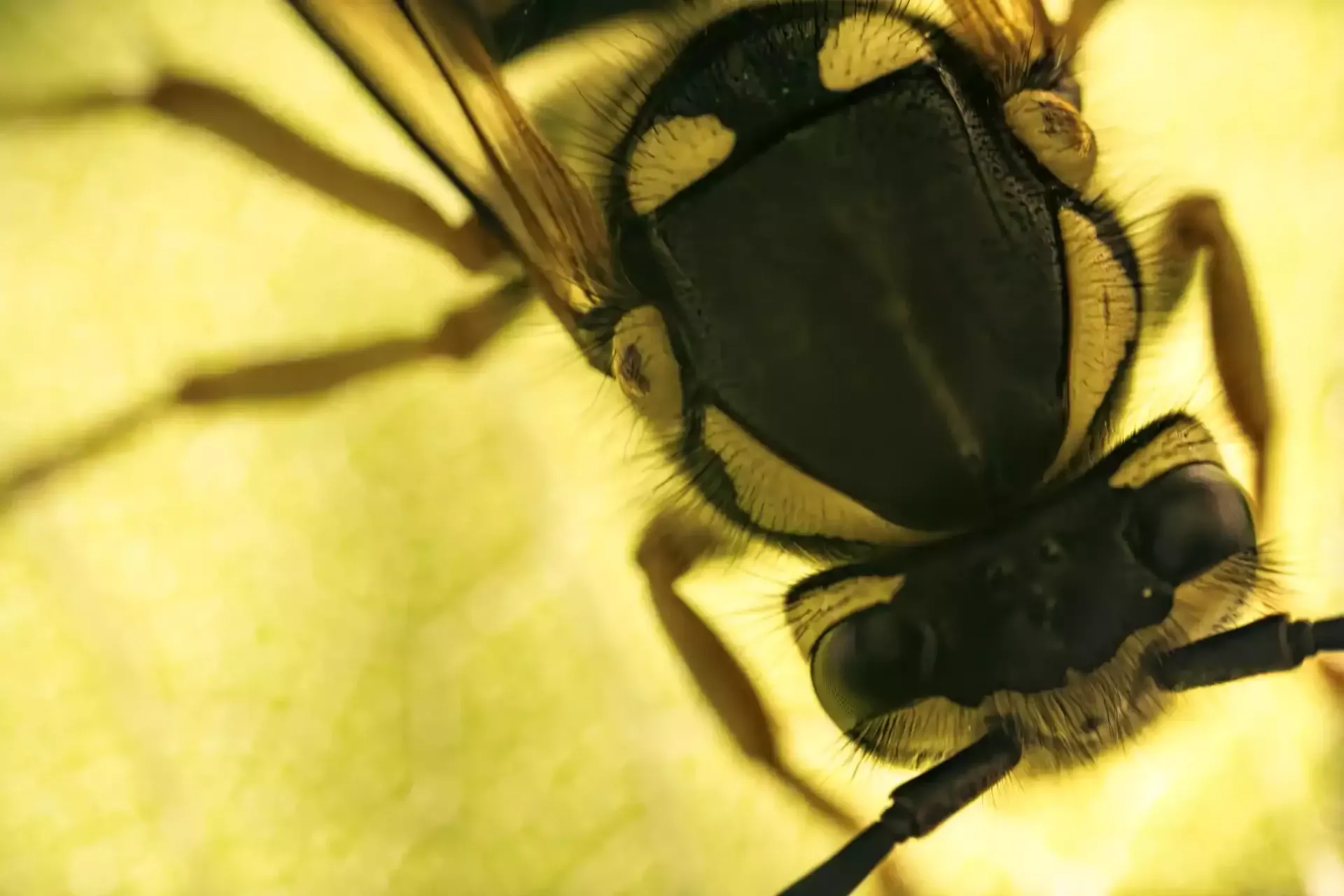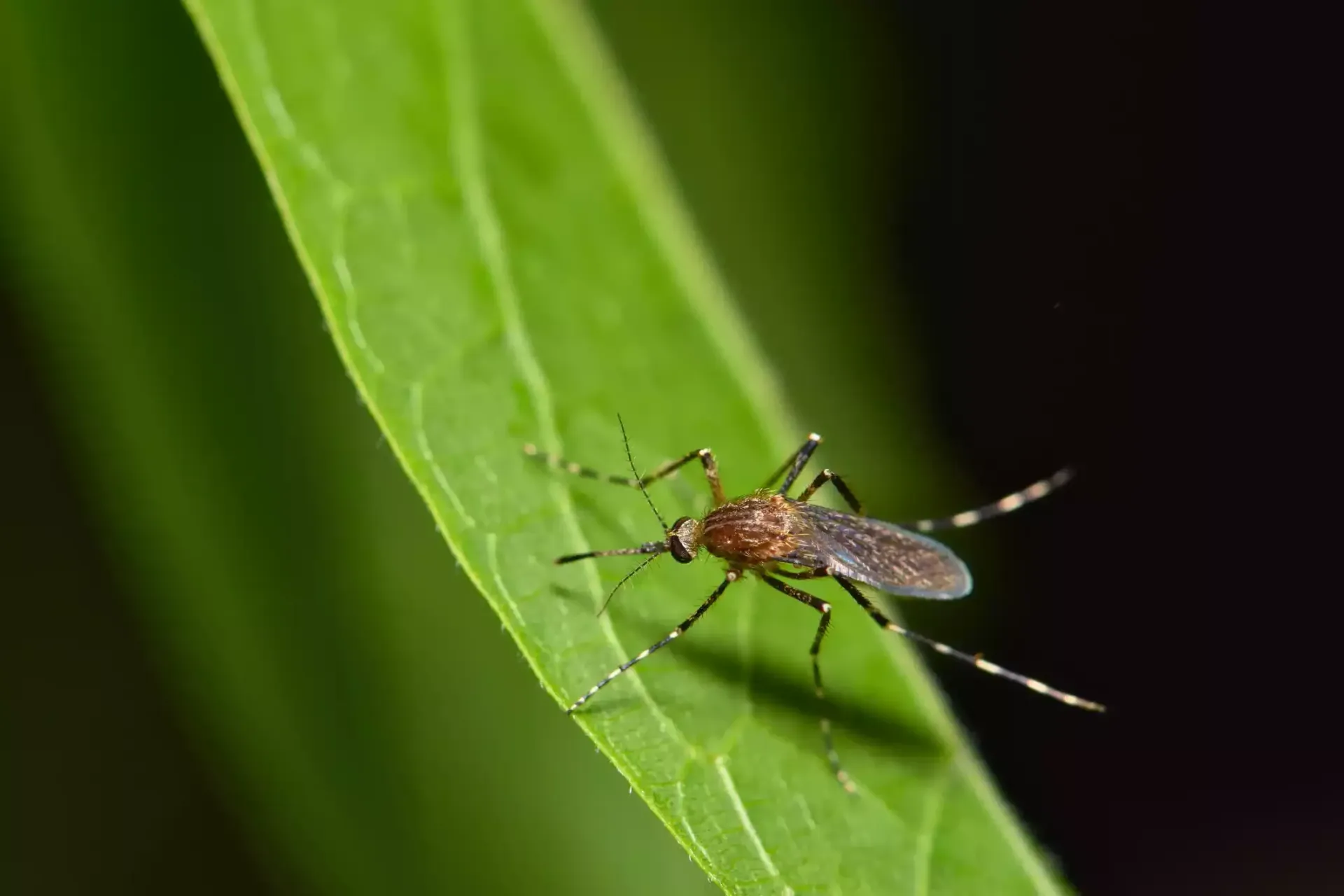Ohio Spiders & How to Get Rid of an Infestation
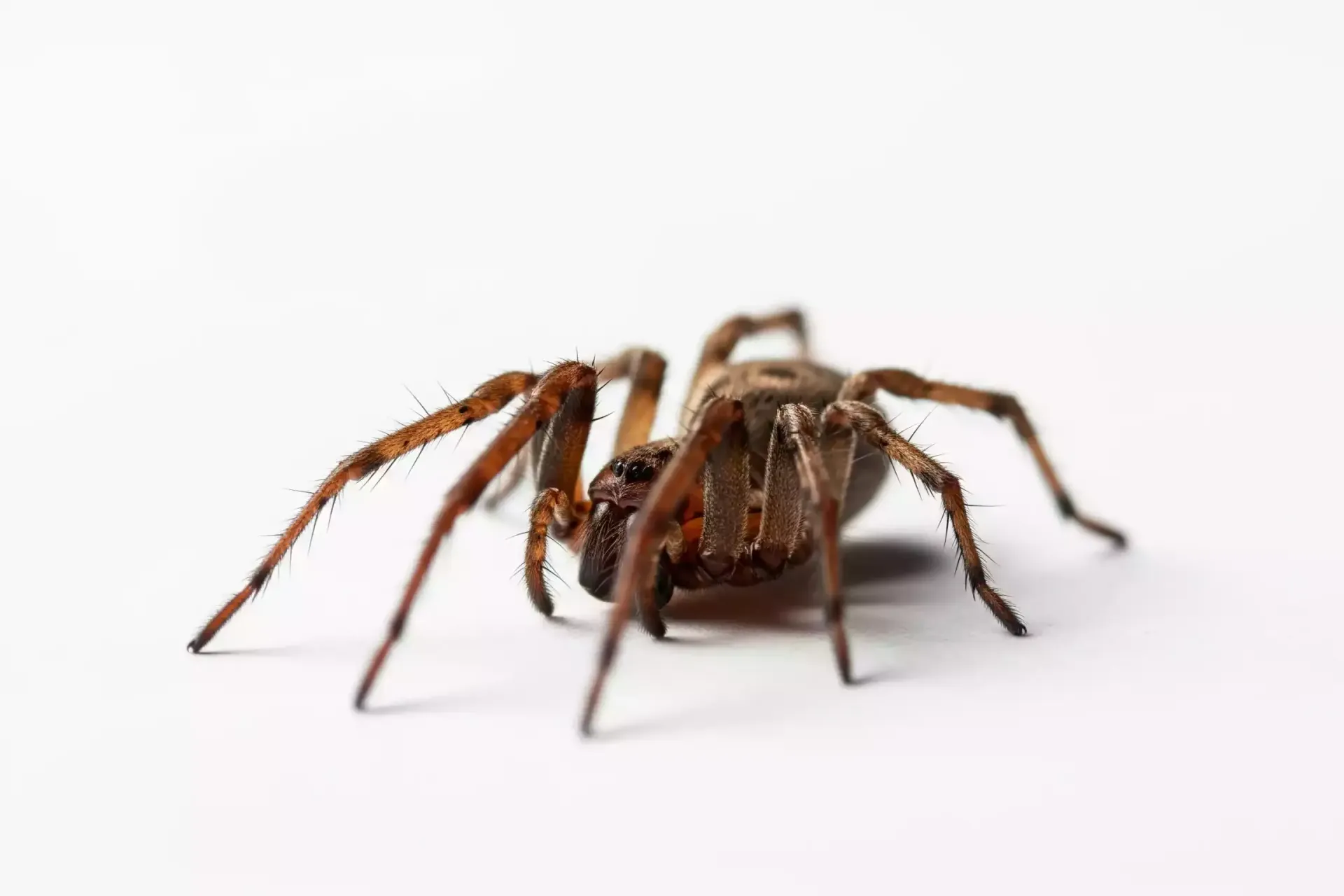
When most people in Ohio think of pests, ants, mice, or mosquitoes may be the first to come to mind. But spiders are also common (and often unwanted) visitors in homes across the state. With dozens of different species found throughout the Buckeye State, it’s not unusual to encounter them in basements, attics, garages, and even living rooms. While many spiders are harmless and actually help by eating nuisance insects, the sight of multiple spiders indoors can be unsettling. In larger numbers, they can signal an infestation that requires quick action. In rare cases, some species may even pose health concerns due to venomous bites.
Here’s what you need to know about spider infestations according to the experts at Restoration Pest Management, the leaders in spider extermination in Ohio.
Common Spiders in Central Ohio
Columbus and surrounding areas are home to a wide range of spider species, from the harmless to the intimidating. Understanding which ones are most likely to be in your home can help you take the right precautions:
- House Spiders: By far the most common indoor spiders. They weave webs in quiet corners and are usually harmless, but their constant web-building can be a nuisance.
- Wolf Spiders: Large, fast-moving hunters that don’t build webs but actively chase their prey. While not dangerous, their size and speed often alarm homeowners.
- Cellar Spiders (Daddy Longlegs): These thin-bodied spiders are often mistaken for harvestmen but are different species. They thrive in damp, dark areas like basements, spinning long, messy webs.
- Jumping Spiders: Tiny but active spiders that use their excellent vision to leap onto prey. They’re commonly spotted on walls, ceilings, or window sills.
- Brown Recluse (Rare in Ohio): Not native but occasionally encountered. Identified by a violin-shaped marking, their bite can cause serious medical issues, so proper identification is essential.
- Black Widow (Uncommon but Present): Very rarely found in Ohio, but worth mentioning. Their glossy black bodies and red hourglass markings are distinctive, and their venom can be harmful.
Signs of a Spider Infestation
Seeing one or two spiders indoors is normal, especially during late summer and fall when they move inside seeking warmth. But an infestation may be developing if you notice:
- Multiple webs in corners, windowsills, or ceiling spaces.
- Frequent spider sightings in several rooms, not just basements or garages.
- Webs reappearing shortly after being cleaned away.
- A noticeable increase in insects inside, which provides a food source for spiders.
- Egg sacs attached to webs, furniture, or clutter.
How to Prevent and Control Spiders
The key to controlling spiders is managing both their entry points and their food supply. Here are several effective prevention strategies:
- Seal Entry Points: Use caulk or weatherstripping to close cracks around windows, doors, and foundations. Spiders often enter through very small gaps.
- Declutter Indoor Spaces: Boxes, clothing piles, and storage areas provide hiding spots for spiders. Keeping spaces organized reduces harborage.
- Maintain Outdoor Areas: Trim shrubs, bushes, and tree branches away from the house. Remove debris and woodpiles where spiders may nest before moving indoors.
- Reduce Outdoor Lighting: Bright lights attract moths and other insects, which then attract spiders. Consider using yellow-tinted bulbs that are less appealing to insects.
- Clean Regularly: Dusting, vacuuming, and sweeping disrupt webs, remove egg sacs, and help spot spiders before numbers grow.
- Control Other Pests: Since spiders feed on insects, addressing a general pest issue will naturally reduce spider activity.
Professional Spider Control
Sometimes, despite your best efforts, spiders can still become overwhelming. This is especially concerning if venomous species may be involved or if the infestation seems widespread. Professional pest control provides a safer, long-term solution. At Restoration Pest Management, we don’t just remove spiders. We evaluate the underlying causes, such as entry points and insect activity, to prevent future infestations. Our safe and effective treatments are designed to give you lasting peace of mind.
Don’t Let Spiders Take Over Your Home
Spiders serve an important role in nature, but that doesn’t mean you need to share your living space with them. If you’ve noticed more spiders than usual or you’re concerned about the presence of harmful species, Restoration Pest Management is ready to help. Contact us today for a thorough inspection, expert advice, and a customized treatment plan to make your home spider-free and keep it that way.
